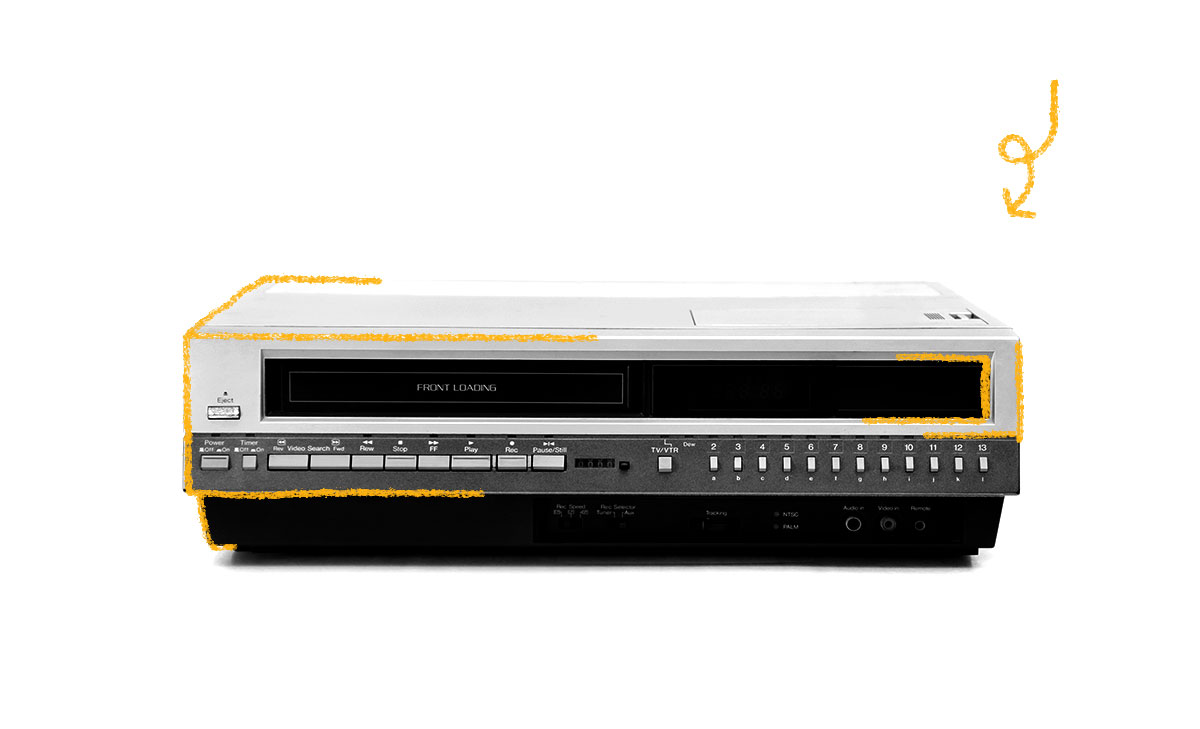VCR stands for “video cassette recorder.” The first VCR was extremely expensive and highly inefficient. It was called the VRX-1000 and was created by the Ampex Corporation in 1956. It cost $50,000 (which would be about $325,000 today) and required a skilled operator. However, several TV networks wanted one because it meant they wouldn’t have to repeat live broadcasts. After the VCR found success amongst broadcasting companies, the home market was the next target. People wanted to record television broadcasts to watch at a later time. Realizing this, Sony created the CV-2000 in in 1965. It used a reel-to-reel format and recorded in black and white only. Sony also unveiled the Betamax that same year. In the mid-1970s, JVC’s VHS-based VCR system was introduced in America (it first debuted in Japan in 1976). Although competition was stiff, JVC’s system of VHS tapes and a Vidstar VCR beat out Sony’s Betamax tapes and their SL-8200 VCR due to the longer recording time and lower price tag. Today, the VCR is all but obsolete, but at its height, the VCR had a huge impact on how people enjoyed home entertainment.

Your go-to guide for weird history facts
Subscribe to the FREE daily email that makes learning about history fun.


